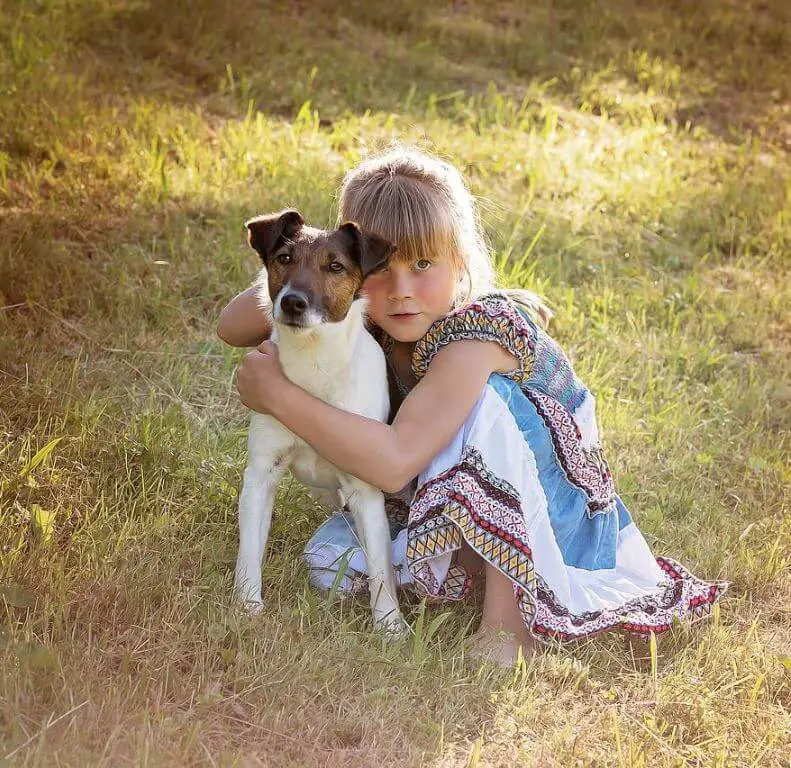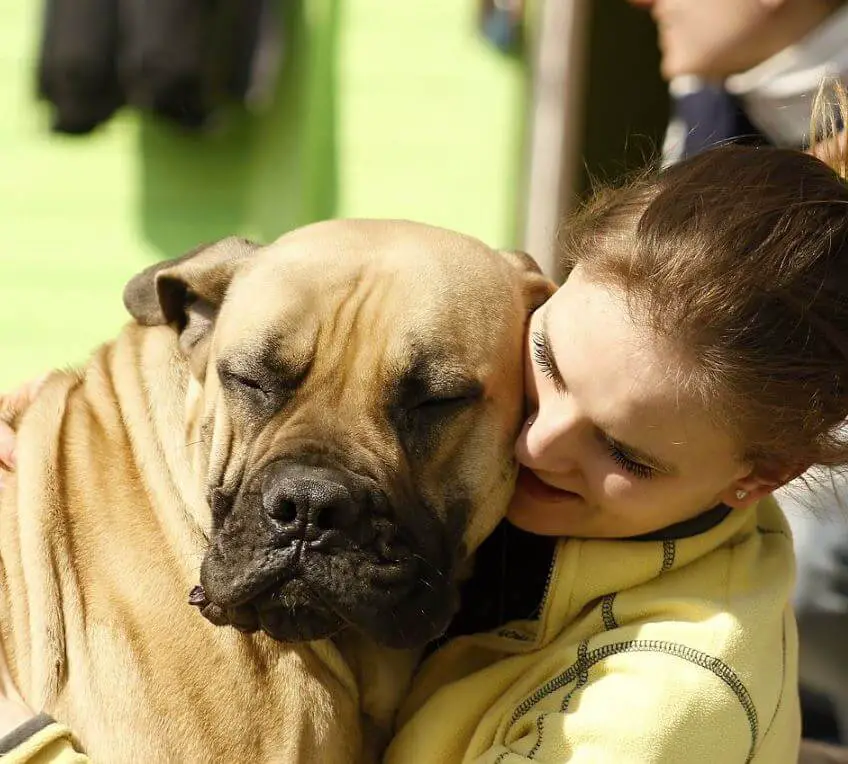Ever wondered if your furry companion can distinguish between the youngest members of your family and the adults? In this exploration, we’ll delve into the intriguing world of dog perception to uncover whether dogs possess the ability to discern between kids and adults. Understanding this aspect of their behavior can provide insights into the unique dynamics of the human-dog bond.

Do Dogs Recognize Age Differences? Dog Insights:
Sensory Perception: Dogs rely heavily on their acute senses, including sight, smell, and hearing. While they may not comprehend age in the way humans do, they can discern variations in size, voice pitch, and scent, which could influence their interactions.
Familiarity and Socialization: The degree to which a dog can distinguish between kids and adults may be influenced by their level of familiarity with different age groups. Dogs that are well-socialized and exposed to various age ranges during their early development stages may display a greater understanding.
Body Language Interpretation: Dogs are adept at reading body language, and children and adults often exhibit distinct non-verbal cues. Understanding whether dogs can pick up on these cues can shed light on their ability to differentiate between the two age groups.

Signs Your Dog Responds Differently to Kids and Adults:
Energetic Interaction: Dogs may display more exuberance and playfulness with children, recognizing their energy levels and enthusiasm. On the other hand, interactions with adults may be characterized by a calmer demeanor.
Protective Instincts: Some dogs exhibit protective behaviors towards children, recognizing them as younger members of the pack. This can include gentle nudges, staying close, or displaying heightened alertness in the presence of kids.
Patience Levels: Dogs may showcase varying levels of patience with children compared to adults. Understanding these differences can provide valuable insights into how your dog perceives and responds to different age groups.
Factors Influencing Dog Responses:
Previous Experiences: Dogs’ interactions with kids and adults may be shaped by their past experiences. Positive encounters with children or adults can contribute to a dog’s comfort and ease around individuals of different ages.
Training and Social Exposure: Dogs that undergo training and socialization activities with individuals of all ages are more likely to adapt positively to the presence of both kids and adults. This exposure contributes to a well-rounded understanding of diverse human behaviors.
Family Dynamics: The structure of the household and the role each family member plays in the dog’s life can impact their responses. Understanding how dogs fit into family hierarchies provides context for their interactions with both kids and adults.

Conclusion:
In the intricate world of dog perception, dogs may indeed demonstrate an ability to differentiate between kids and adults, relying on their sensory acuity, socialization experiences, and unique instincts. By observing your dog’s behaviors and fostering positive interactions with individuals of all ages, you can contribute to a harmonious and understanding relationship between your loyal companion and the diverse members of your family.
